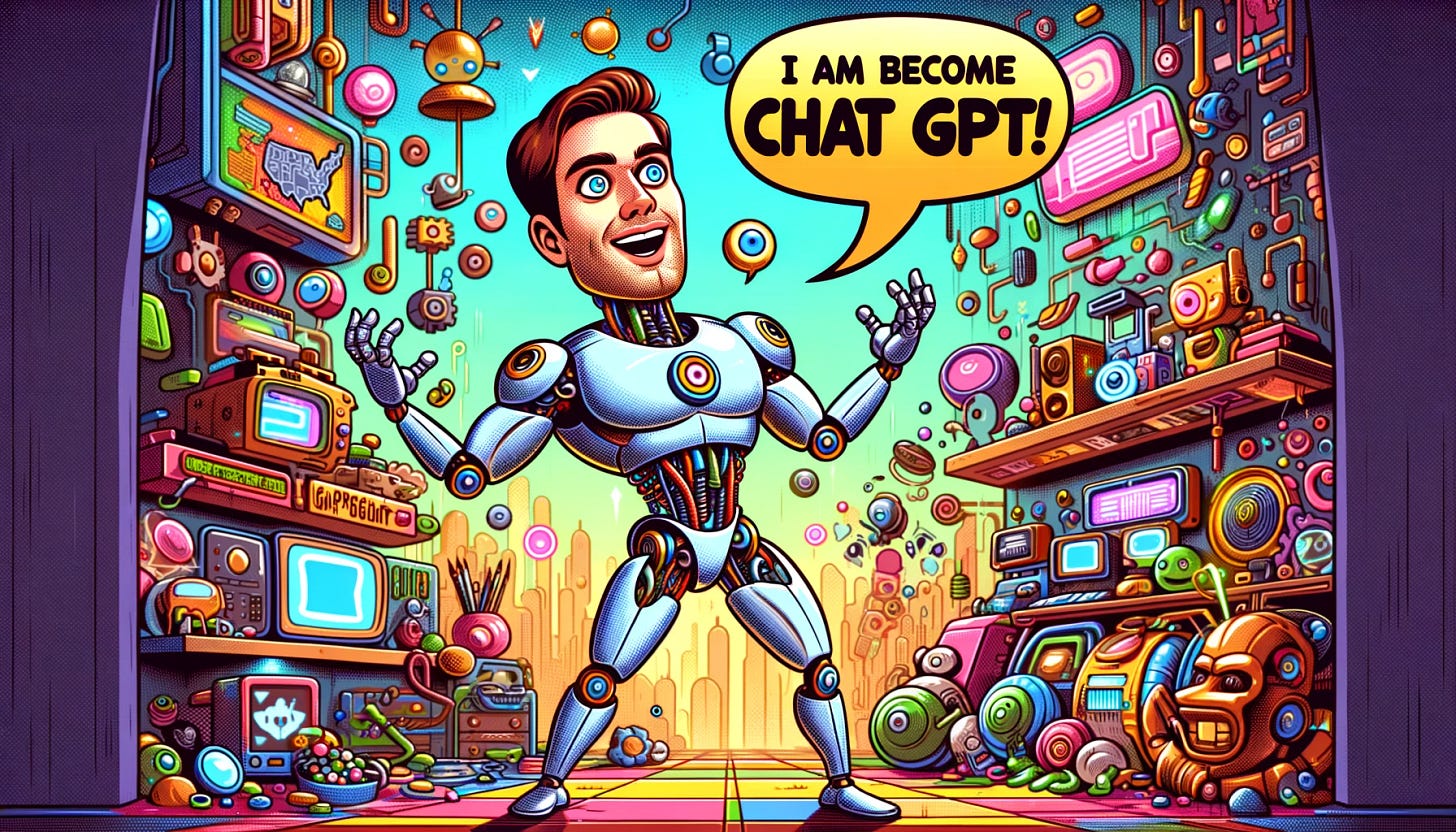Minimum Viable Prompt: Your Cure for AI Overwhelm
How embracing the "good enough" helps you dive in.
Happy Thursday, web wizards!
You might have noticed a theme in my recent Thursday posts: demystifying AI.
This is intentional.
It’s my counter-movement to crap like this:
"ChatGPT is a miracle, but 99% of you are using it WRONG! ❌"
"Everyone is using the latest [AI TOOL], and you're FALLING BEHIND! 🧗"
"If you don't replace your physical body with an AI-powered robot, you will LITERALLY DIE! ☠️"
To be fair, that last one is true in the long run.
All of this noise helps “AI Gurus” get rich at the expense of making generative AI appear more inaccessible than it really is.
I call bullshit.
So today, I propose a simple mindset shift to reduce AI anxiety and bring back the magic.
The case for the Minimum Viable Prompt
Here’s something I’ve come to believe.
What separates people who treat generative AI as unapproachable and those who find it intuitive isn’t their level of …


